Nepal’s dairy sector faces delayed payments, poor infrastructure, and missed exports. Stakeholders urge reforms to build a modern, inclusive, and competitive industry.
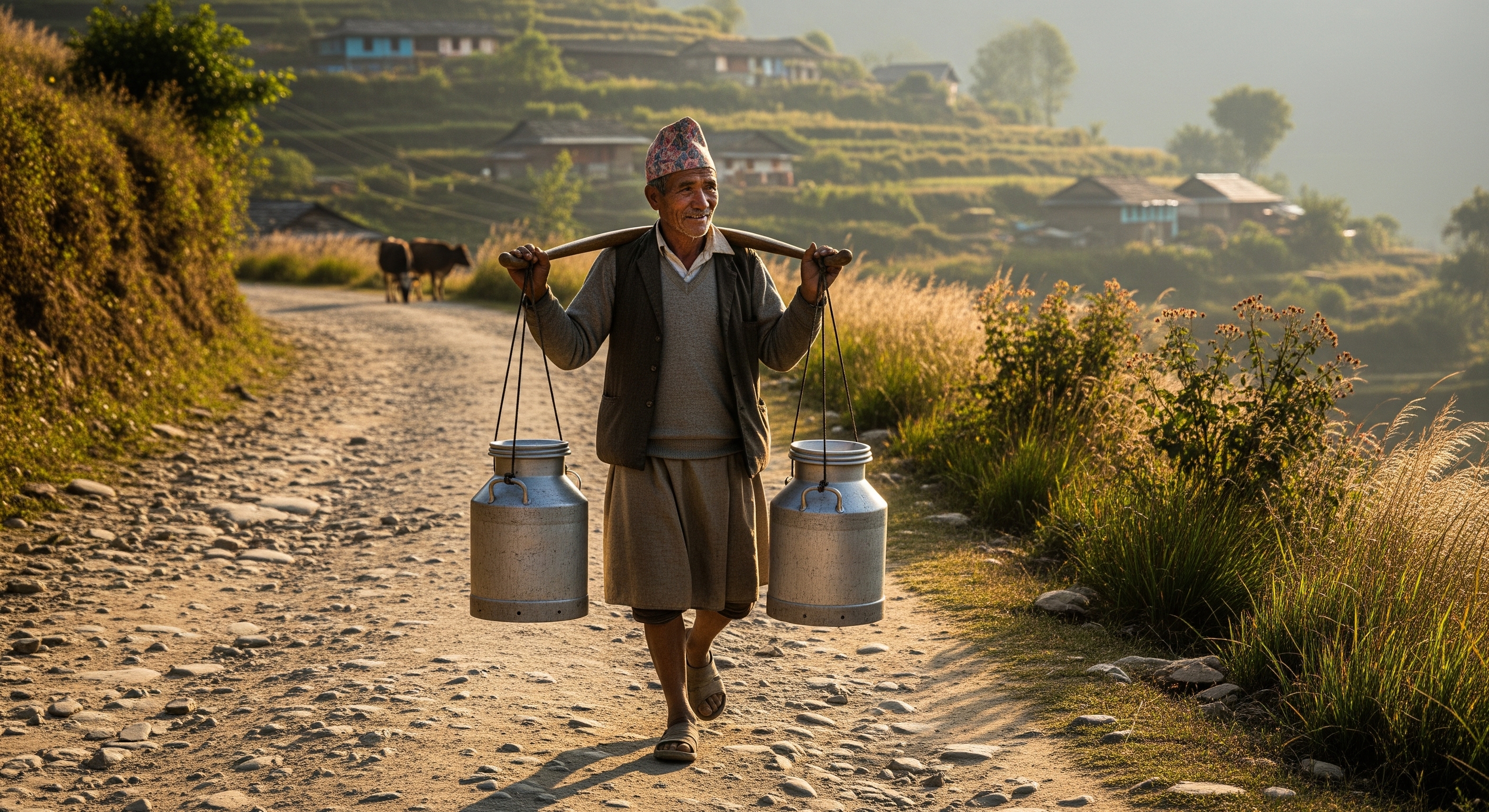
August 08, 2025
Kathmandu, Nepal
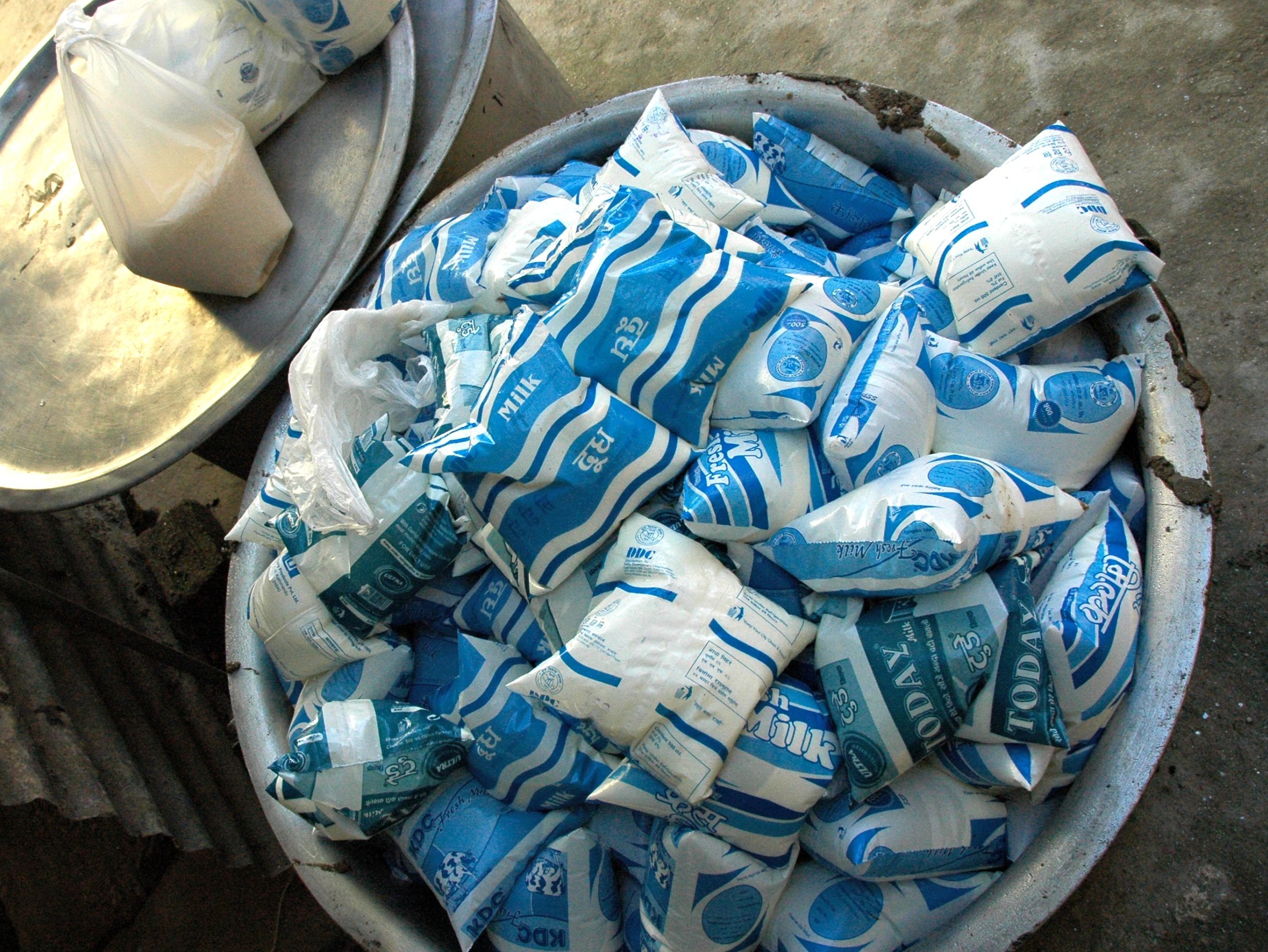
Packaged milk of brands ready for distribution. Credits: Flickr/Wonderlane
For decades, Nepal’s dairy sector has quietly sustained both people and their livelihoods. From the chilled milk canisters of Kavrepalanchok to powdered milk plants in Hetauda, the dairy sector is woven deeply into rural economies.
It contributes 4.2% to Nepal’s Gross Domestic Product (GDP), 17.5% to agricultural GDP, and over 70% to livestock-specific GDP. Yet behind these numbers lies a growing crisis. Delayed payments, outdated infrastructure, inconsistent production, and limited support for farmers–all have created a widening gap between Nepal's dairy sector's potential and reality.
But recent developments suggest that this story is far from over.
On July 15, 2025, more than 100 stakeholders gathered at the National Workshop on Sustainable Dairy Sector Development in Godawari, Lalitpur. Organized by the Department of Livestock Services (DLS) and the Adventist Development and Relief Agency (ADRA) Nepal, the event brought together officials, researchers, farmers, private sector leaders, and representatives from development organizations. Their goal was clear: to chart a sustainable and inclusive roadmap for the future of Nepal's dairy sector..
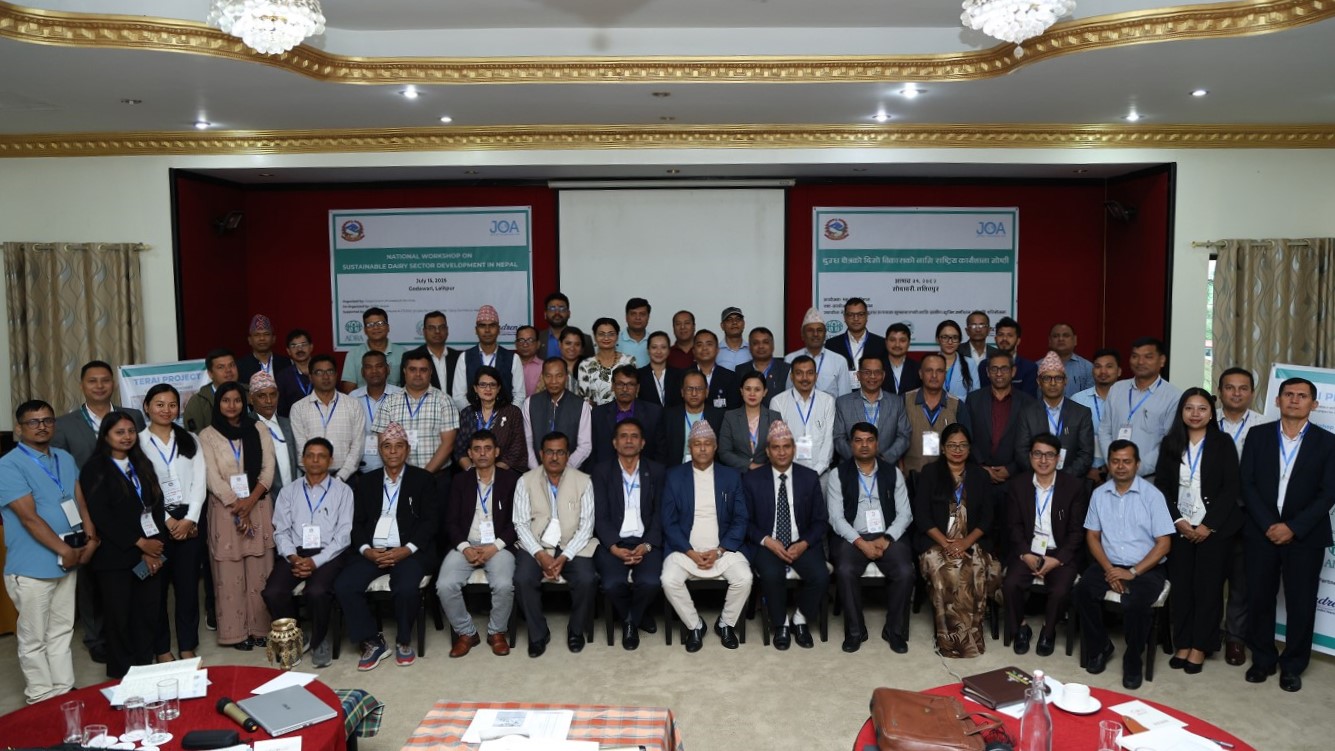
Experts, farmers, and government officials gathered at Hotel View Bhrikuti in Godawari for the National Workshop on Sustainable Dairy Sector Development on July 15, 2025
“The sector isn’t broken beyond repair,” said Niranjan Shrestha, Executive Director of Sujal Dairy Pvt. Ltd. “But if we don’t act now, we risk losing a system that feeds our people and employs our farmers.”
At the base of Nepal’s dairy sector pyramid stand the farmers, over one million families, most of them smallholders. Yet their position in the system is increasingly precarious.
“The overdue payments from the Dairy Development Corporation (DDC) and private dairy farmers, which should have already been received, are still pending,” said Balak Chaudhary, Deputy Executive Director of the National Dairy Development Board (NDDB).
Payment delays are a common issue. Many farmers wait weeks—even months—to be compensated for their milk deliveries. With rising feed costs and veterinary expenses, this financial uncertainty is eroding trust in cooperatives and dairy companies, explained Chaudhary.
Adding to their hardship is erratic milk production. Chaudhary stated, “Nepal’s hot and humid climate, lack of heat synchronization, and poor feed management have led to production fluctuations, especially in cow milk. Buffalo milk remains more stable, but the limited breed diversity and restricted veterinary outreach limit further gains.”
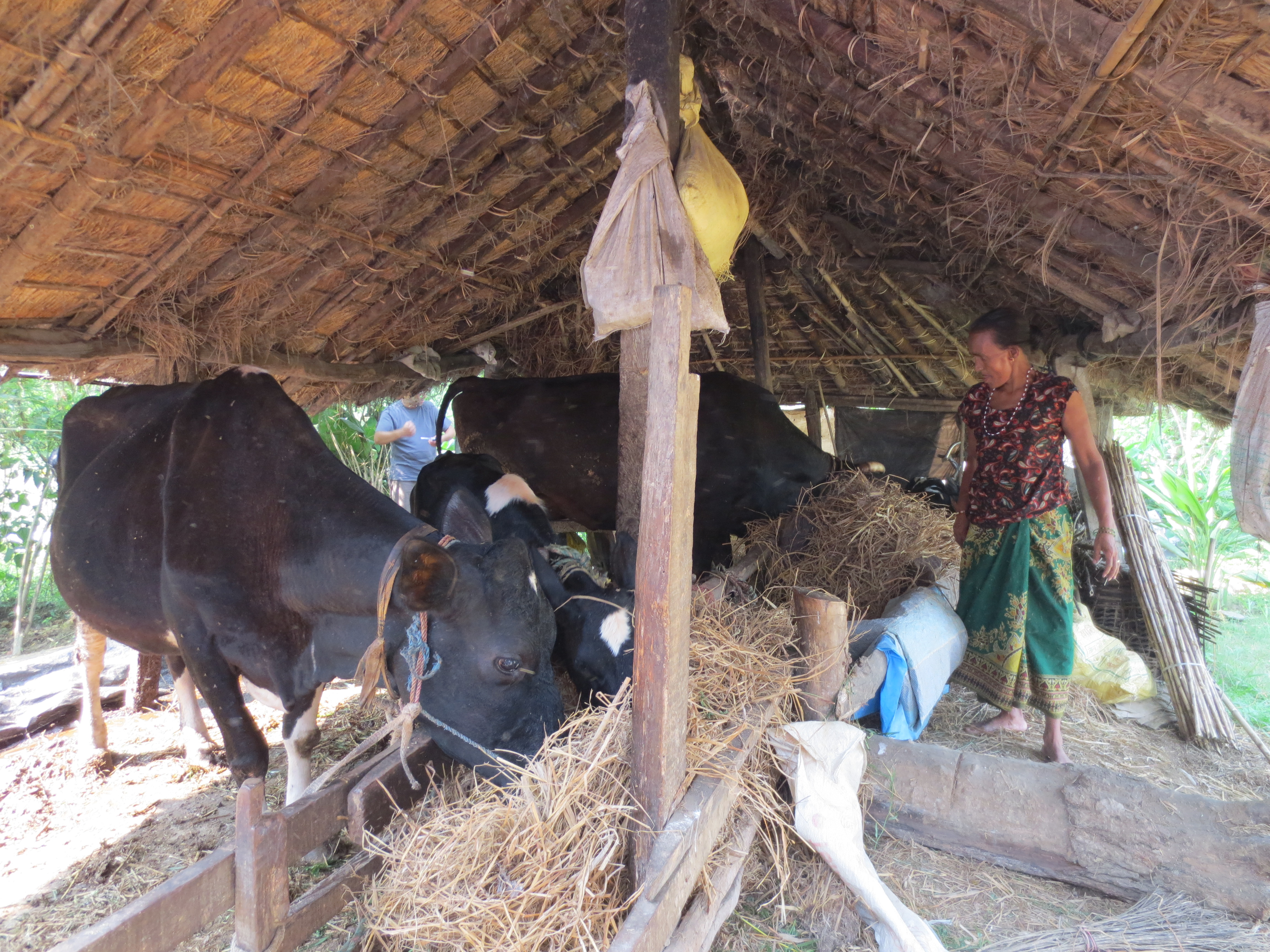
A farmer tending to her cows in a traditional shelter. Credits: Flickr/livestockcrsp
“It’s not just a production issue; it’s emotional,” shared a dairy farmer from Chitwan. “When you care for an animal and don’t see returns, it’s deeply discouraging.”
Farmers also struggle with livestock diseases, such as lumpy skin disease, and face limited access to insurance. Veterinary services are stretched thin, and artificial insemination (AI) centers remain scarce, especially in remote areas.
Despite these obstacles, Nepal's dairy sector is still considered a better livelihood option than many other agricultural activities. Having said that, the system still needs to be rebalanced—starting with timely payments, better services, and targeted support.
Meanwhile, the market side also needs some attention. Less than 20% of Nepal’s total milk production enters the formal market. The rest flows through informal networks—unregulated, often unrefrigerated, and untested.
While farmers battle production and payment issues, the market is moving fast. Consumers, especially in urban centers, are demanding high-quality, hygienic dairy products. But Nepal's dairy sector's current supply chain isn’t equipped to deliver them consistently.
Chaudhary stated that even with seven powdered milk factories operating since 1995, Nepal's dairy industry is hampered by underutilized domestic production and a persistent reliance on imports that bypass regulatory checks.
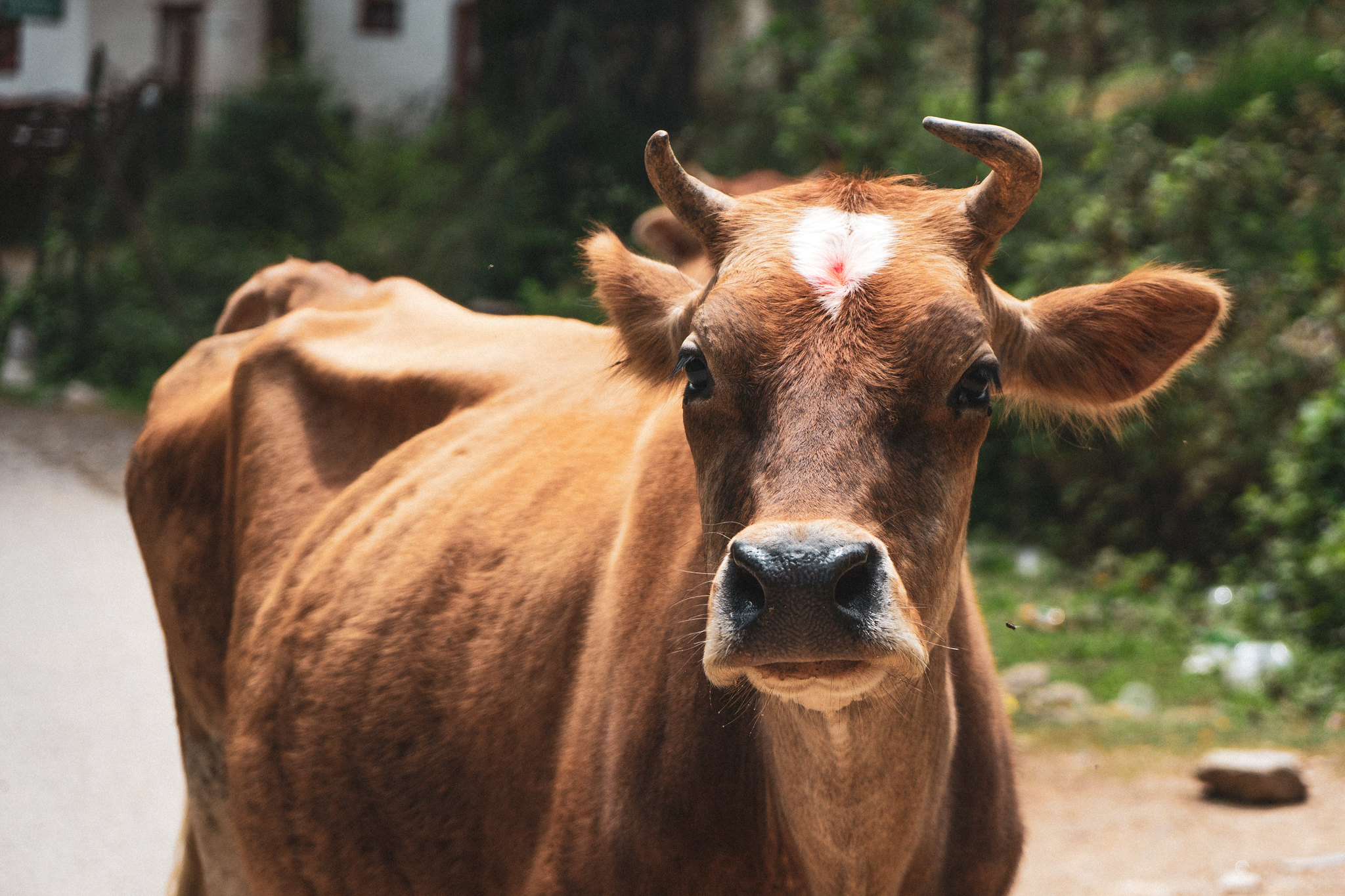
A cow with a red tikka on its forehead. Credits: Flickr/Gregor Krenker
Many cooperatives lack chilling centers or basic milk quality testing kits. This not only limits the safety of milk but also prevents producers from receiving higher prices for better-quality output, explained Shrestha.
“Consumer expectations have changed, but our infrastructure hasn’t,” said Shrestha. “We’re trying to serve a modern market with outdated systems.”
Nepal's dairy sector also faces the dual challenge of low domestic value addition and missed export opportunities. The Chinese market, for example, is open to Nepali dairy products—but only if producers can meet the General Administration of Customs of China (GACC) standards, which require rigorous traceability and quality control.
“We need to move from informal to formal. That’s how we expand exports and make Nepal’s dairy sector competitive,” emphasized Chaudhary.
During the workshop, stakeholders called for a complete revamping of cold chain infrastructure—more chilling centers, better transport, and upgraded storage facilities. They also stressed the need to build cooperative capacity, enforce hygiene standards, and promote branding and certification.
Amid the challenges, there is renewed optimism—particularly in the area of genetic improvement and policy-level engagement.
“Genetic improvement in Nepal is not a new idea. But we’ve failed to scale it,” said Neena Amatya Gorkhali, Director of the National Animal Science Research Institute (NASRI). “We now need to take it beyond the lab to the field.”
The national Dairy Cattle Improvement Program (DCIP), now active in 14 districts, is already working to improve cross-breeds through performance evaluation, AI with superior semen, and even in-vitro embryo transfer. These innovations are complemented by The Enhanced Rural AI (TERAI) Project, led by ADRA Nepal, which has successfully introduced heat-tolerant and tick-resistant cow breeds such as Jersey.
The challenge is not scientific—it’s structural. These programs must reach more farmers, especially in geographically diverse and underserved regions.
Institutional reforms are also gaining traction. Deepak Kumar Kharal, Secretary at the Ministry of Agriculture and Livestock Development (MoALD), stressed that the government is committed to enabling partnerships between the public and private sectors. “At the ministry, we see dairy as more than an agricultural issue—it’s a national opportunity,” said Secretary Kharal.

Deepak Kumar Kharal, Secretary of MoALD, delivers remarks at the National Workshop on Sustainable Dairy Sector Development at Hotel View Bhrikuti, Godawari, July 15, 2025.
“This is one of the few sectors that touches everything: jobs, nutrition, rural development, and trade,” added Kharal. “If we invest strategically, Nepal’s dairy sector can be one of our biggest engines for inclusive economic growth.
Kharal called on the private sector to deepen its engagement, particularly around production and market expansion. But he also stressed the need for greater, “It alone is not enough. We must now prioritize investment in value chain infrastructure—from rural collection centers to export-ready facilities. Without that, no amount of productivity will help farmers see returns.”
He added that the government is currently reviewing existing livestock policies to better align with market demands and emerging export opportunities—particularly in response to regional trade dynamics and the quality standards required for cross-border dairy trade.
“We are also encouraging provincial and local governments to roll out targeted support for dairy cooperatives and extension workers,” Kharal said. “This includes budget allocations for veterinary outreach, training, and upgrading milk collection systems. Central policies mean little if they don’t reach the grassroots.”
Currently, Nepal’s dairy sector stands at a crossroads. One path leads to stagnation and growing discontent among farmers and consumers alike. The other leads to a future where dairy becomes a modern, inclusive, and export-ready industry—driven by science, backed by policy, and centered around farmers.
To translate these reforms into action, participants of the national workshop proposed a set of thematic strategies focused on improving production, quality, and genetics. These included:
Promote Good Husbandry Practices (GHP)
Strengthen veterinary and extension services
Upgrade cold chain and milk quality infrastructure
Scale genetic innovations like sexed semen and embryo transfer
Enforce product quality and hygiene standards.
Together, these interventions aim to modernize Nepal’s dairy sector while ensuring that smallholder farmers are at the center of this transformation. The national workshop was more than a one-day event—it was a wake-up call and a starting point. What happens next will depend on how well the momentum is carried into action.
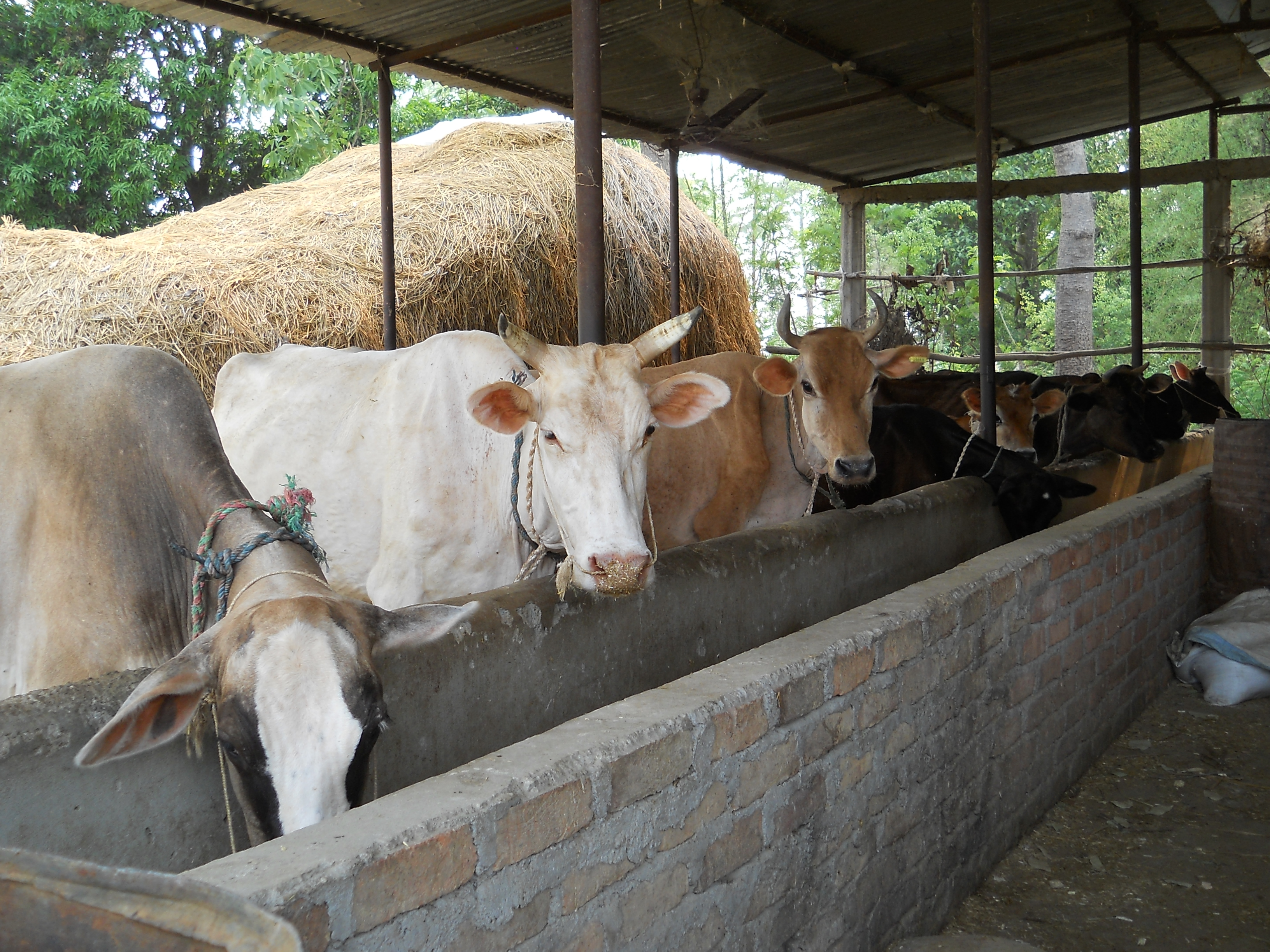
Dairy cows feeding at a farm in Nepal. Credits: Wikimedia Commons/Punya
“If we can realign our efforts, this silent pillar can stand tall again,” said Chaudhary. “Not just for milk, but for prosperity.”
Ghanshyam Kumar Bhatta, Program Director of ADRA Nepal, noted that if strategically developed, Nepal’s dairy sector holds immense potential, not just for domestic nutrition and livelihoods, but also for international trade. He emphasized that the collaborative spirit demonstrated during the workshop must now be translated into tangible actions and long-term partnerships.
The time to act is now—while there’s still something left to rebuild.
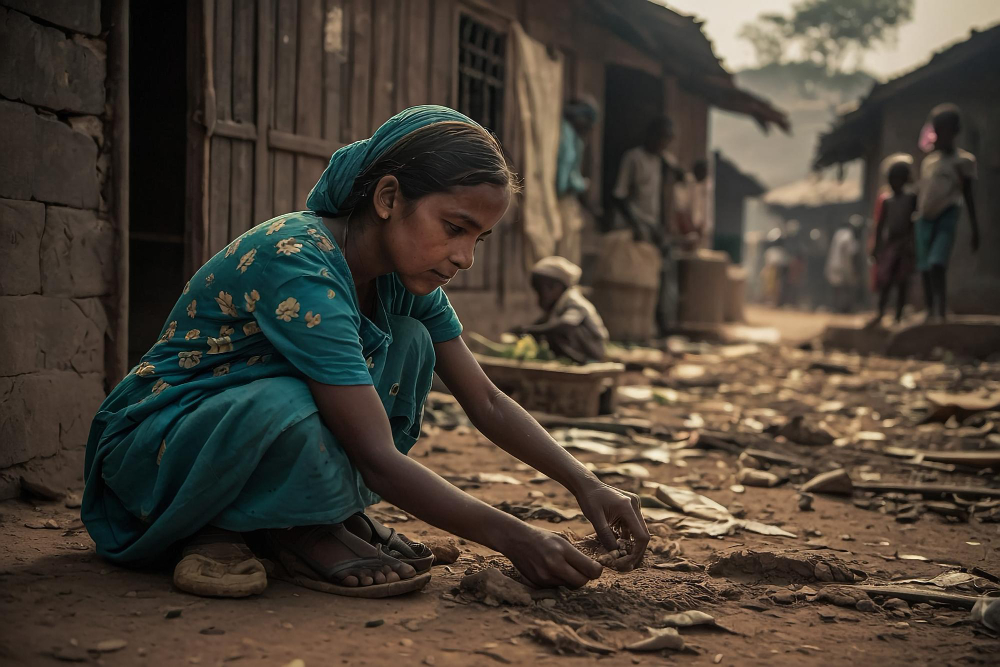
By sharing valuable information and sparking inspiration, we aim to foster growth, innovation and brighter opportunities for future generations.
Contact us